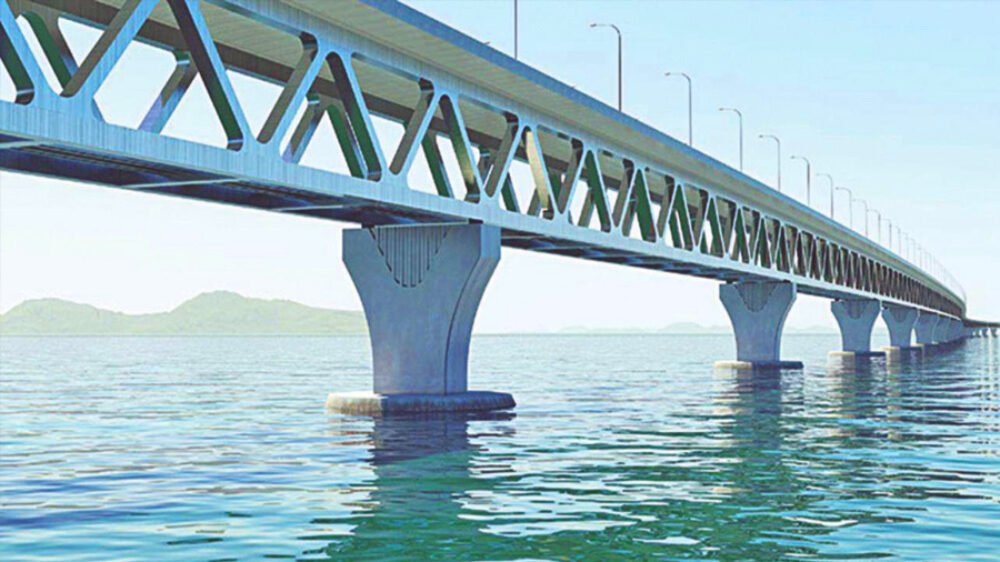In a recent statement, the Bangladesh Prime Minister noted that, once the nation’s biggest infrastructure project, known as the multi-purpose Padma Bridge, is fully operational, GDP growth would increase by 2% annually. This would mean that the current rate of growth of 7.9% would reach 10%. Where did she get these numbers from? Is she exaggerating the growth impact of the Padma Bridge?
There is little doubt that the Padma Bridge would transform the lives of millions. For the first time, South West Bangladesh would have a continuous road/rail link to the more developed east. The World Bank, which initially wanted to fund the project but pulled out in 2012 because of corruption concerns with the construction and management of the project, had this to say in 2011:
‘The Padma Bridge is expected to… transform the lives of nearly 30 million Bangladeshis living in the South West. By reducing distances to major urban centres like Dhaka by almost 100km, the bridge will reduce poverty in the region and accelerate growth and development in the country as a whole.’
Formal evaluations that were undertaken by Bangladeshi economists suggest that the net economic benefits would be substantially positive, but the equivalent annualized addition to national GDP would be about 0.33 per cent. On the other hand, regional GDP in the southwest would increase between 1.7% and 2.3%.
It is possible that the Prime Minister’s speechwriters glossed over this distinction between regional and national GDP? After all, 2% extra growth – rather than the more modest fractional numbers – acts rather well as a soundbite.
Iyanatul Islam is an Adjunct Professor at the Griffith Asia Institute and former Branch Chief, ILO, Geneva.








